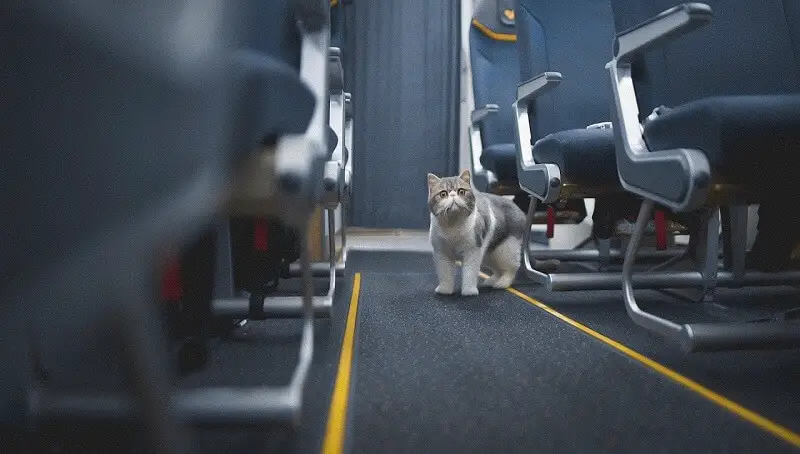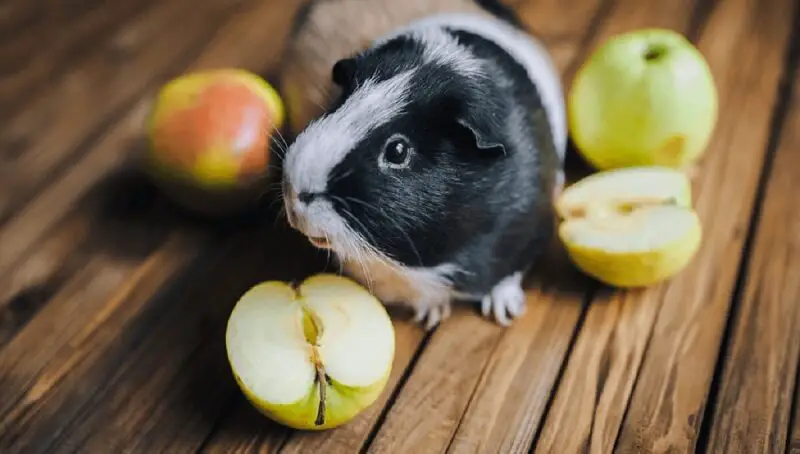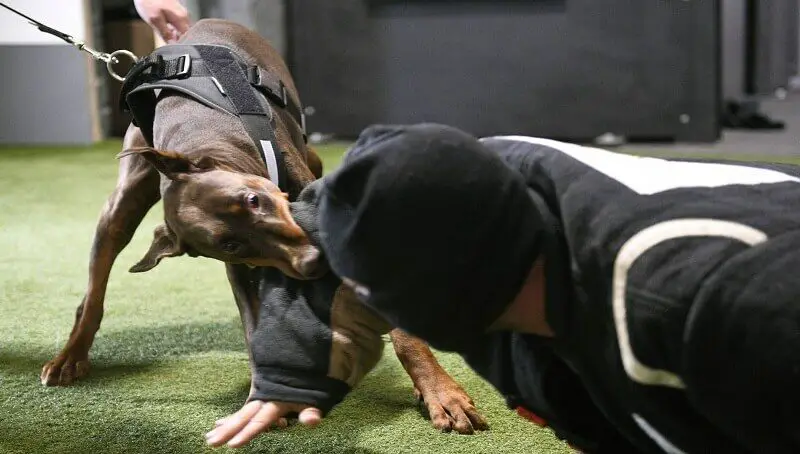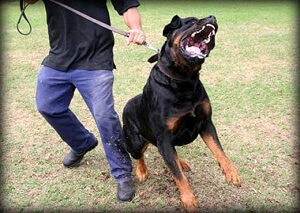
How to Make Traveling With Your Cat More Pleasant
October 26, 2022
Can Guinea Pigs Eat Apples?
October 27, 2022
Training a guard dog isn’t an easy task. It is definitely one of the jobs that should remain in the hands of a professional dog trainer. But if you really want to train your guard dog yourself, then it is very important that you respect some very important steps.
Before training a guard dog you should make sure that you know all of the vital information about the behavior of the dog as well as the necessary techniques that will be needed for this. You can ensure that the training will be more effective if you train your dog as early as possible in his life. This is mostly because as the dog ages, he learns all kinds of skills and experiences behavioral changes that might be against what you’re trying to teach him, which will hamper your training efforts. One example is requiring a dog to jump on people when he never learned how to, which will make him very hesitant in doing it.
As I already said, it would be better if you let the training of a guard dog in the hands of a professional dog trainer, as they would have the knowledge regarding techniques needed to teach companion dogs to become guard dogs. That being said, a dog owner can surely train their dog to learn different skills, like hunting, obedience, and other useful behavioral traits.
Training a Guard Dog At Home
The first step in training your guard dog will be basic dog obedience. What’s different when it comes to a guard dog as opposed to the average companion dog, is that the guard dog will not only have to obey each command of the master, but this should also have to happen on the spot. Make sure your dog learns verbal commands like heel, stay, down, and sit, while you also use hand signals. Before moving to another step, make sure that the dog not only knows but also promptly responds to all of these commands in the appropriate, expected way. During this part of the training, your dog should also understand that he should only accept commands that come from the handler or the owner and nobody else.
This is one of the more important things when it comes to preparing a guard dog, as the animal will serve no purpose if any intruder will be able to control the animal with the help of the same verbal commands you are using. You will have to reach the point where the dog will be able to identify whether the commands have come from you, as his owner, or a stranger. Your guard dog will also have to stay away from any treats strangers might want to give him because this in itself represents a danger as well.
You might also like my articles on:
The next very important step will be teaching the dog to bark at intruders and strangers in general. The dog should be taught to start barking when a person approaches the house and only stop when he receives the command stop, which will tell him that the person is a friend. In the same way, when strangers approach, let the dog bark as much as possible, until you consider it is time to give him the command to stop. You can also tweak this technique in the sense that the dog will learn to go to a family member that is acting out of place. This training is usually done with positive reinforcement, by letting the dog bark and from time to time calling him to you for a chew toy or a treat. This will ultimately make the dog bark and alert members of your family when something out of place happens around the house.
 Another important thing that a guard dog should be able to do is ignore other animals around him. This means that under no circumstance should a well-trained guard dog go after other dogs, stray cats, or female dogs when he’s in heat. Your dog should also understand and follow the boundaries of your home’s property. This is especially important so that the dog understands that following an intruder or burglar should stop at the property line.
Another important thing that a guard dog should be able to do is ignore other animals around him. This means that under no circumstance should a well-trained guard dog go after other dogs, stray cats, or female dogs when he’s in heat. Your dog should also understand and follow the boundaries of your home’s property. This is especially important so that the dog understands that following an intruder or burglar should stop at the property line.
The guard dog should be trained to attach the intruder immediately when spotting a potential threat, but also right after he is given the command from his owner. This also means that you should never leave your guard dog alone with any visitors. The dog is still an animal so you don’t know what would cause him to feel threatened and attack, which would warrant your immediate command for him to stop. A well-trained guard dog should also be able to protect his owner without being influenced by external factors like overpowering gestures from other people or loud noises. This is done especially to prevent an intruder from stopping the dog from attacking with different gestures or sounds.
A good guard dog should be very familiar with the trainer, but he has to also know all of the other family members and all of the pets around the house as well. This is why it is vital that all members of the family, including kids and adults, interact properly with the dog and spend enough time giving him care and attention. This is so that the dog gets used to the people around you and doesn’t perceive them as strangers or worse, as threats. The dog should also spend enough time around other pets you have in your house for the same reason.
The Most Common Breeds of Guard Dogs
- Tibetan Mastiff
- Staffordshire Terrier
- Rottweiler
- Rhodesian Ridgeback
- Kunming Wolf Dog
- Komondor
- Giant Schnauzer
- German Shepherd
- Doberman Pinscher
- Bullmastiff
- American Pit Bull Terrier
- American Bulldog
- Akita Inu
Aside from the actual training, it is very important that you remember that the guard dog is not a robot. He should be seen as any other pet dog. He will need your love and attention, as well as socialization with people and other animals to have a happy life. It is a very big responsibility to train and then own a guard dog. This is because you will have a harder job: giving him lots of love and attention on one hand and building him into a beast that can protect your family on the other.
